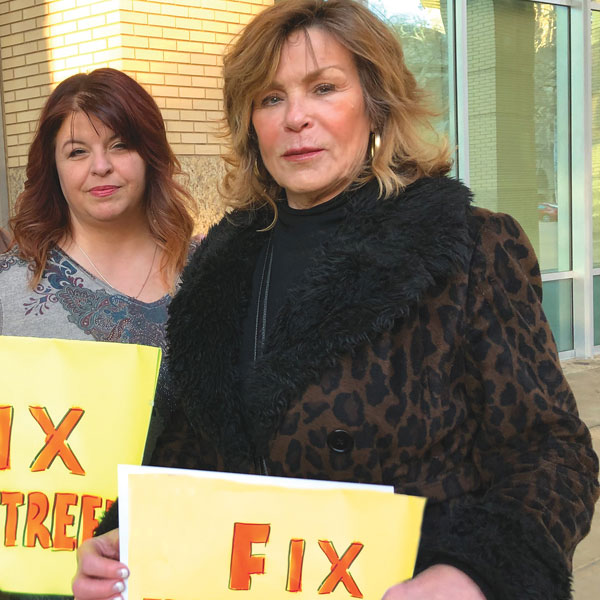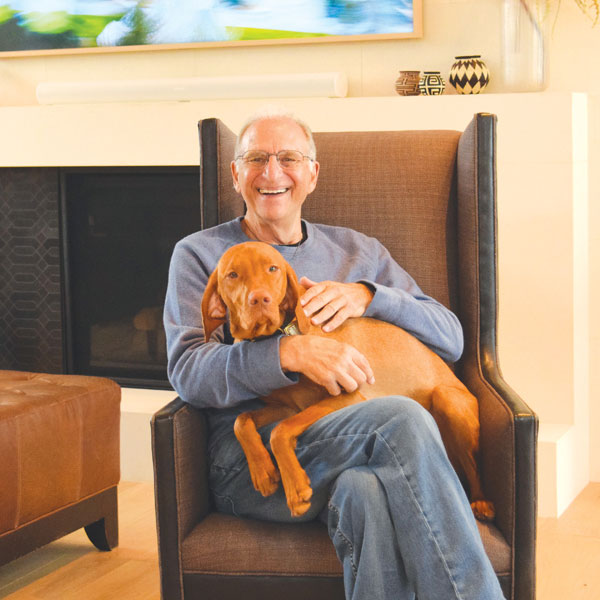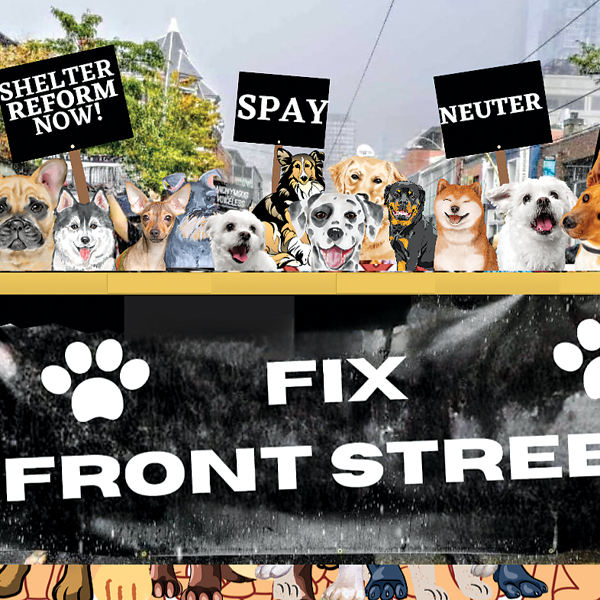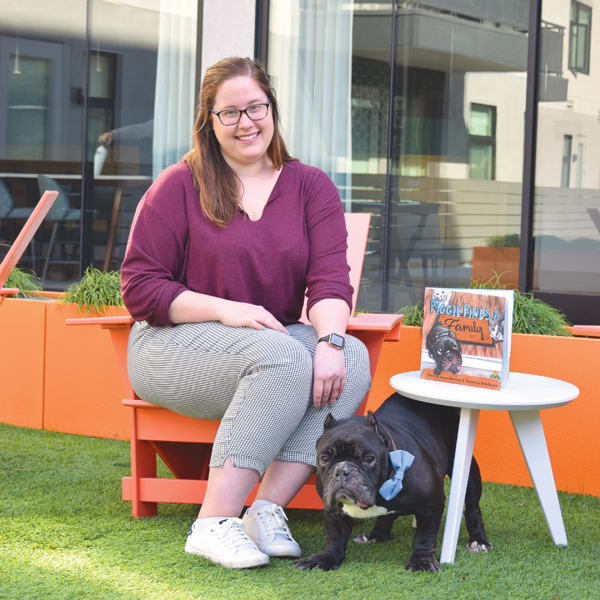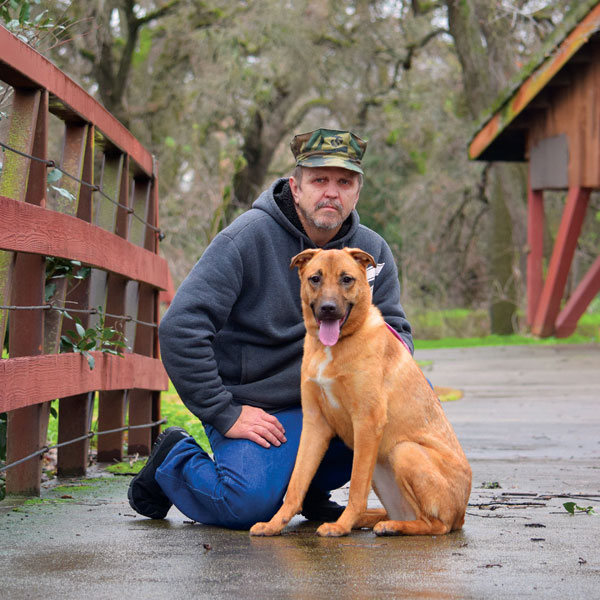
Apr 28, 2023
The meeting was touted as a Community Participation Workshop. It was anything but.
Its purpose was to give the public an opportunity to share comments, concerns and suggestions with the Animal Care Citizens Advisory Committee, a seven-member panel that makes recommendations to the City Council regarding the Front Street Animal Shelter.
Community members who turned out to have an open discussion about the city shelter were shut down after two minutes of comments—four minutes if the committee had no follow-up.
Questions from the public went unanswered. Dialogue was zero.

Apr 27, 2023
Living in a 700-square-foot New York apartment, Matthew Margolis slept in the foyer and his sister curled up on the living room couch. The family had two dogs when Margolis brought home a third.
His father said the dog couldn’t stay. So Margolis slept in Central Park, the dog by his side.
“When you’re shy growing up, dogs are your best friend,” Margolis says. “I couldn’t give that up.” After three days in the park, his parents finally gave in.
That passion for canines gave Margolis, better known as Uncle Matty, his future—55 years of training more than 50,000 dogs and a life goal to save as many as he can.

Mar 28, 2023
Tahoe Park resident Lynn Bishop joined dozens of other dog lovers last year answering a call from the city’s Front Street Animal Shelter. Foster a dog for the holidays.
Approximately 60 cars lined up for drive-through fostering. “It was like an assembly line,” says Bishop, who took home Roscoe, a 6-year-old unneutered chihuahua mix brought to the shelter as a stray.
On any given day, as many as 345 dogs are fostered through Front Street. Many are not spayed or neutered.

Feb 28, 2023
Piggie’s pink tongue dangles permanently out the left side of his mouth. His ears, mangled from a home crop job, are frequently infected. Arthritic joints struggle to maintain his 50-pound rotund body. His breathing is labored.
When Andrea Haverland and her partner Marc Morgan chose Piggie as their foster, the bulldog’s nails were curling into his paw pads. “But the biggest, most shocking thing was his nose,” Haverland says. A compromised immune system left his nose raw and scabby, in regular need of topical medication.
Haverland and Morgan, who live in Midtown, had already successfully fostered three dogs for the city’s Front Street Animal Shelter. When the pandemic hit and shelters moved out as many animals as possible, “We thought it was great time to grab another foster,” she says. “It was a no-brainer when I saw his photo.”

Feb 28, 2023
Waffles was a stray when he arrived at the city’s Front Street Animal Shelter last September. The friendly 3-year-old shepherd/bull terrier mix became a shelter favorite. Volunteers called him a “belly-rub addict.”
The brown and black brindled canine was adopted Oct. 6 and returned Oct. 18; adopted again Dec. 11 and returned Dec. 15.
One day later, Waffles was euthanized.

Jan 28, 2023
This is about Bella and the system that failed her.
Dec. 4, a neighbor calls 311 about a dog at her apartment complex in South Natomas. The canine is left 24/7 on a small uncovered patio with no food or shelter. Storms are raging, temperatures are in the 30s.
Photos taken over the fence show a short-hair, medium-size, brown dog on a 3-by-5-foot cement patio. Her ribs protrude. She stands in her feces.
